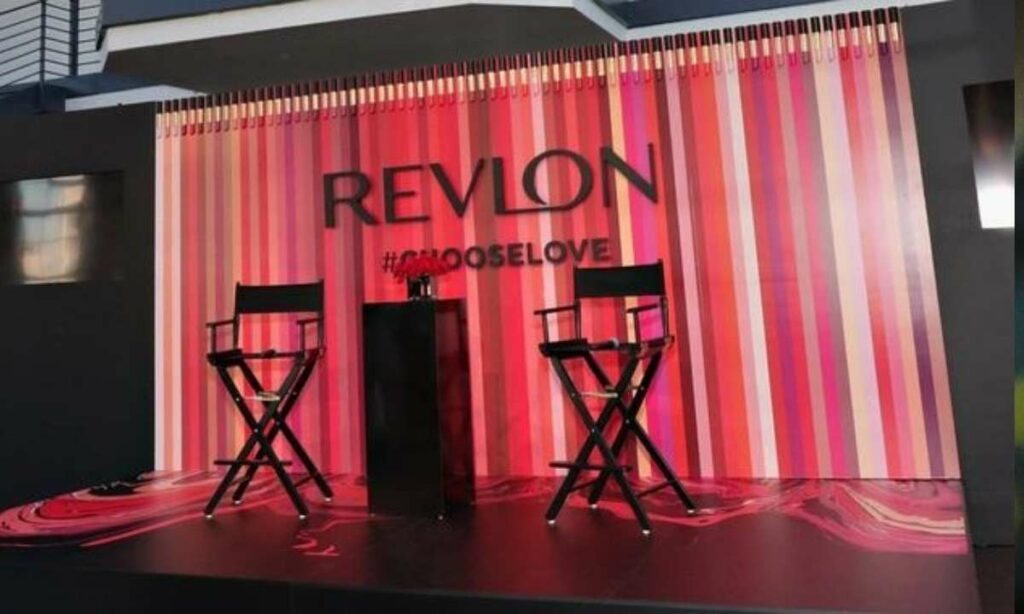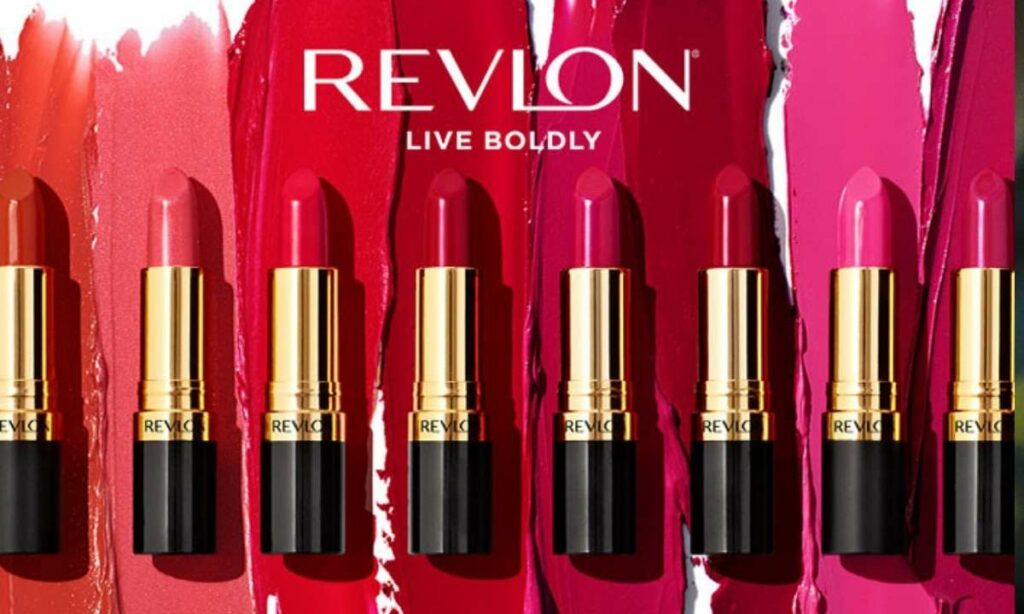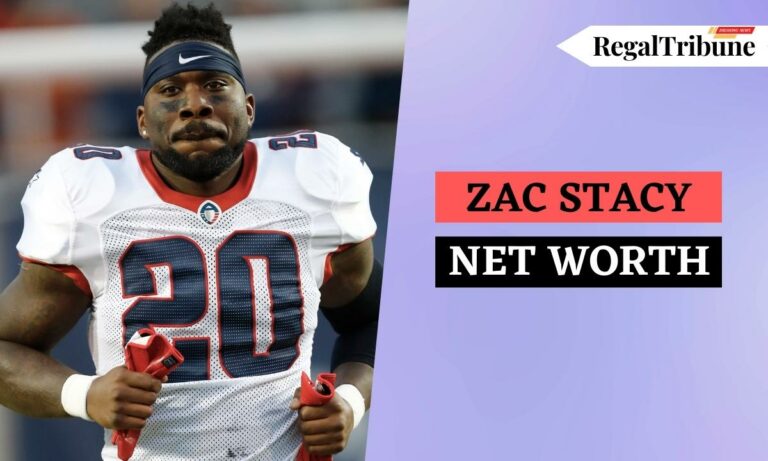Revlon Inc. buffed for Chapter 11 bankruptcy, incompetent to handle its hefty debt load amid the reserve chain crunch and vertical inflation.
The cosmetics colossus held by billionaire Ron Perelman aimed court security in the Southern District of New York. He documented support and penalties of as much as $10 billion in court documents. Chapter 11 filings permit a firm to resume working while it works out a strategy to repay creditors.
The bankruptcy hats a turbulent period for the business. During the epidemic, it mourned years of falling deals as customer tastes varied and upstart labels ate into its demand share.
The 90-year-old business began trading nail polishes in the throes of the Great Depression and counted blended lipsticks in its compilation. By 1955, the brand was global.
Perelman’s owning firm, MacAndrews & Forbes, took command of Revlon in an abusive appropriation in 1985, supporting the agreement with junk debt extended by Michael Milken.
MacAndrews & Forbes sued Revlon across the company’s approval of a more inferior request from Forstmann Little & Co., resulting in a milestone Delaware court judgment on the fiduciary responsibilities of board members, occasionally anointed the “Revlon Rule.”
The company’s obligation load established demanding, particularly after it traded more than $2 billion of loans and bonds to support its purchase of Elizabeth Arden in 2016. The business holds brands involving Cutex and Almay and needs in more than 150 nations.
In current years, it’s worked to contend with more recent brands that promote diligently on social media. The epidemic delivered another blow, and more lately, the business worked to manage supply chain issues and inflation that dented margins.
Revlon just staved off numerous prior bankruptcies by missing deals with creditors to update its debts out of court and subsequently saw itself entangled in one of the banking industry’s most notorious errors when Citigroup Inc. — planning to process a standard loan interest payment — rather poorly spent some Revlon creditors practically $900 million.
Who owns Revlon?
On November 5, 1985, for $58 per stake, totaling $2.7 billion, Revlon was traded to Pantry Pride (subsequently renamed Revlon Group, Inc.), a deputy of Ronald Perelman’s MacAndrews & Forbes.

Revlon bankruptcy 2022
Cosmetics creator Revlon Inc filed for Chapter 11 bankruptcy security on Wednesday after working to contend with online-concentrated upstart brands in current years.
According to a filing with the US Bankruptcy Court for the Southern District of New York, the nail polish and lipstick designer recorded purchases and penalties between $1 billion and $10 billion.
The bankruptcy filing arrives days after the Wall Street Journal said Revlon had started discussions with lenders and threatening debt adultness to sidestep bankruptcy.
Revlon’s deals have worked amid store bottlenecks and a loss to swiftly change to in-demand skincare, failing shelf areas in US stores to startups supported by celebrities like Kylie Jenner’s Kylie Cosmetics and Fenty Beauty by Rihanna.

Revlon history
Revlon was launched in New York City on March 1, 1932, amid the Great Depression, by American Jewish bros Charles Revson and Joseph Revson, along with a chemist, Charles Lachman, who donated the “L” in the Revlon term.
They began with a single outcome, a new kind of nail enamel; the three architects pooled their aids and created a special manufacturing method. Revlon created a sort of new hues of nail enamel utilizing pigments rather than dyes.
In 1937, Revlon began selling the polishes in department shops and pharmacies. In six years, the business became a multimillion-dollar community. By 1940, Revlon showed a whole manicure line and counted lipstick to the compilation.
During World War II, Revlon made makeup and connected products for the United States Army, which was celebrated in 1944 with the Army-Navy “E” Award for Excellence.
Must check:
- Justin Bieber’s Spouse, Hailey Bieber Net Worth 2022!
- Tony Award Winners 2022 (Full List): Here Is The Complete List Of Tony Award Winners
By the end of World War II, Revlon was the number two cosmetics producer in the US.
Extending its goods, the company purchased Graef & Schmidt, a cutlery manufacturer taken by the government in 1943 because of German business relations. This addition made it feasible for Revlon to make its manicure and pedicure tools rather than purchasing them from outside supply references.












